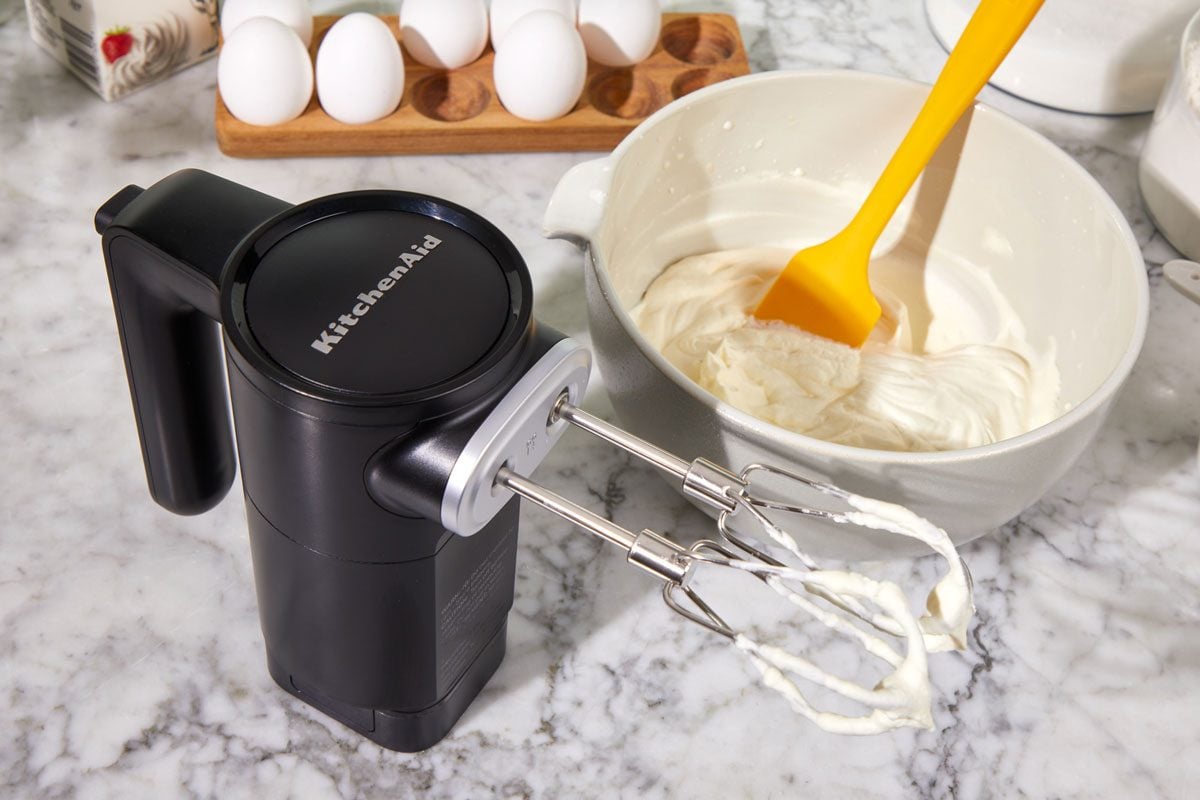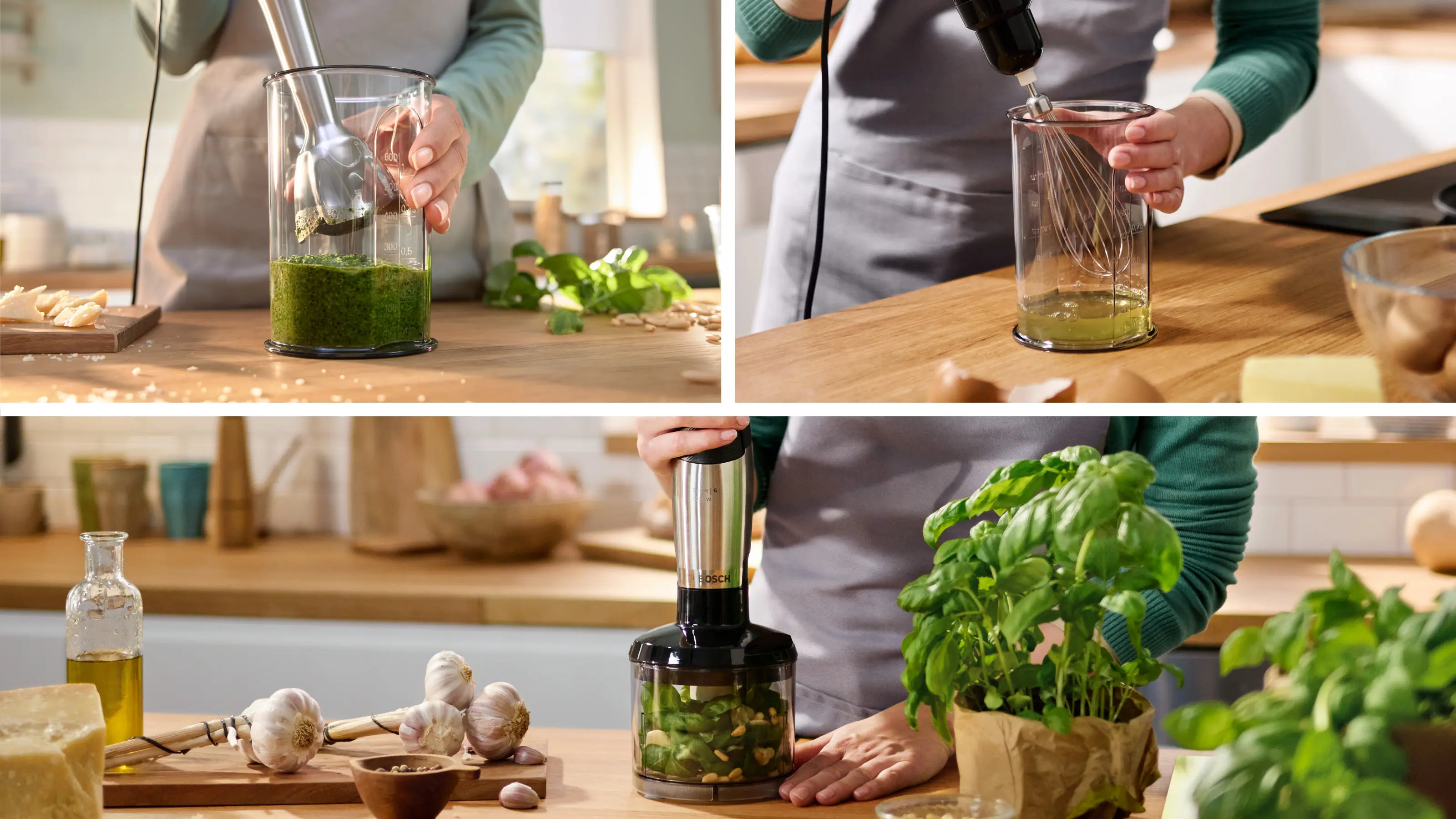Walking down the kitchen appliance aisle, it’s easy to get lost in a sea of numbers and specs. You see hand mixers boasting 350, 400, even 500 watts of power. Then you spot a sleek, affordable model at 250 watts. The big question pops into your head: Is 250 Watts Enough For A Hand Mixer? As someone who has tested, taken apart, and practically lived with these gadgets for years, let me tell you—the answer is a resounding it depends, but for most home bakers, it’s a very encouraging yes.
Let’s cut through the marketing noise and get to the heart of what that wattage number really means for your cookies, cakes, and creams. This guide will be your trusted companion in figuring out if a 250-watt workhorse is the perfect partner for your culinary adventures.
What Does Wattage Really Mean for a Hand Mixer?
Before we can answer if a certain number is “enough,” we need to understand what it represents. In the world of hand mixers, wattage is a measure of the power consumed by the motor. It’s often used as a shorthand for how powerful the mixer is.
However, it’s not the whole story. Think of it like a car. A high horsepower number is impressive, but it doesn’t tell you how efficiently that power is transferred to the wheels to create torque—the actual twisting force. A well-engineered 250-watt motor can often outperform a poorly designed 350-watt one.
“A common mistake is chasing the highest wattage number. I’ve seen beautifully designed 250-watt mixers with excellent torque that can handle tasks better than clunky, inefficient 400-watt models. It’s about the quality of the motor and gearbox, not just the raw power input.” – Pastry Chef Isabelle Dubois
The key is how the motor converts that electrical energy into rotational force at the beaters, especially when it meets resistance, like a thick batch of cookie dough.
So, Is 250 Watts Enough for a Hand Mixer? The Short Answer
For the vast majority of everyday kitchen tasks, yes, 250 watts is absolutely enough power for a hand mixer. It provides the perfect balance of performance and control for whipping, mixing, and creaming without being overkill or excessively heavy.
This power level is the sweet spot for home bakers who aren’t regularly tackling heavy-duty, artisan-level bread doughs. It’s more than capable of handling the tasks you’ll encounter 95% of the time.
When 250 Watts is Your Best Friend
A 250-watt hand mixer will excel at these common baking and cooking tasks:
- Whipping Egg Whites and Cream: It has more than enough speed and power to incorporate air, creating fluffy meringues and stiff peaks for whipped cream in minutes.
- Mixing Cake and Brownie Batters: From thin pancake batter to thicker brownie mixes, 250 watts is plenty to ensure everything is smoothly combined without overworking the gluten.
- Creaming Butter and Sugar: This is a fundamental step in many cookie and cake recipes, and a 250-watt mixer handles it with ease, creating that light and airy base you need.
- Mashing Potatoes: Say goodbye to lumpy mash. A hand mixer at this power level can whip cooked potatoes into a creamy, smooth consistency.
- Making Frostings and Icings: It’s perfect for combining powdered sugar, butter, and liquids into silky-smooth buttercream or glaze.
When You Might Need a Little More Muscle
While versatile, a 250-watt mixer has its limits. You might find it struggling or straining with:
- Thick, Dense Cookie Dough: Think of a heavy oatmeal raisin or a stiff gingerbread dough. The motor might get warm or slow down as it works to incorporate the final additions.
- Kneading Bread Dough: While some mixers come with dough hooks, 250 watts is on the low end for kneading anything other than very soft, enriched doughs. Consistently using it for this can shorten the motor’s lifespan. If you’re a serious bread baker, a stand mixer is a far better investment.
If your baking style leans heavily into these tougher tasks, you might consider a hand mixer in the 350-400 watt range.
Beyond the Watts: Features That Truly Matter
Honestly, once you’ve established that your potential mixer has a decent motor (and 250 watts is a great starting point), other features become far more important in your day-to-day experience. Answering the question “is 250 watts enough for a hand mixer” is just the first step.
Variable Speed Settings (and the Magic of a Slow Start)
Look for a mixer with at least 5 speed settings. This gives you the control to go from a gentle stir to a high-speed whip. The most underrated feature? A slow start. I can’t tell you how many times, in my early baking days, I’ve turned on a mixer without it and created a flour cloud that coated my entire kitchen. A slow start feature gently ramps up the speed, keeping your ingredients in the bowl where they belong.
The Attachments: Your Mixer’s Superpowers
- Standard Beaters: These are your all-purpose tools for creaming, mixing, and combining.
- Whisks: A balloon whisk attachment is fantastic for whipping cream and egg whites, incorporating more air for lighter, fluffier results.
- Dough Hooks: As mentioned, these are for light kneading jobs. They are useful to have but don’t expect them to replace a stand mixer on a 250-watt model.
Ergonomics and Weight: Don’t Underestimate Comfort
You’re going to be holding this thing. A comfortable, non-slip grip is crucial. The weight is also a factor. A 250-watt mixer is often lighter than its higher-powered counterparts, which is a huge plus for longer mixing sessions or for users with wrist strain.
Corded vs. Cordless: The Freedom vs. Power Debate
Most 250-watt mixers are corded, offering consistent power. Cordless models offer incredible convenience but often have slightly less power and a limited run time. For pure performance at this power level, corded is usually the way to go.

Hand Mixer vs. Stand Mixer vs. Whisk: Choosing Your Champion
It’s helpful to know where your 250-watt hand mixer fits in the kitchen hierarchy.
| Tool | Best For | Pros | Cons |
|---|---|---|---|
| Manual Whisk | Small, quick jobs (scrambling eggs, light vinaigrettes) | Inexpensive, easy to clean, no electricity needed | Tiring for large jobs, difficult to achieve high peaks |
| 250W Hand Mixer | Everyday baking (cakes, cookies, frostings, whipping) | Affordable, compact, versatile, easy storage | Can struggle with very thick doughs, requires holding |
| Stand Mixer | Heavy-duty, large-batch baking (bread, dense doughs) | Powerful, hands-free operation, larger capacity | Expensive, bulky, takes up counter space |
A 250-watt hand mixer is the perfect middle ground—a massive upgrade from a manual whisk and an affordable, space-saving alternative to a stand mixer for the average home cook.
Keeping Your Mixer in Tip-Top Shape: Cleaning and Storage
Your trusty mixer will last for years with a little TLC.
- Always Unplug First: Never, ever try to attach or remove beaters while the mixer is plugged in. Safety first!
- Eject and Wash: Eject the attachments. Most are dishwasher-safe (check the top rack), but a quick wash in warm, soapy water works just as well.
- Wipe Down the Body: Use a damp cloth to wipe the main body of the mixer. Never submerge it in water.
- Store Smart: Many mixers come with a storage case or have a clip to keep the cord tidy. Keeping the attachments with the mixer means you’ll never have to hunt for a beater again.
Frequently Asked Questions (FAQ)
Q1: Can I knead bread dough with a 250-watt hand mixer?
A: It’s not recommended for regular or heavy bread dough. While it might handle a very soft, wet dough for a short period, you risk burning out the motor. For serious bread making, a stand mixer is the appropriate tool.
Q2: What’s more important for a hand mixer, wattage or the number of speed settings?
A: Both are important, but for control, speed settings are arguably more critical. A 250-watt mixer with 7 precise speeds is often more useful than a 400-watt mixer with only 3 speeds, as it allows you to adapt to different ingredients and stages of a recipe.
Q3: Why is my hand mixer getting hot?
A: A hand mixer will naturally get warm during prolonged use. However, if it becomes uncomfortably hot, it’s a sign that the motor is straining. This often happens when mixing a dough that is too thick or when mixing for too long without a break.
Q4: Are more expensive 250-watt hand mixers better than cheaper ones?
A: Often, yes. A higher price can indicate a better-quality motor, more durable gears (metal vs. plastic), better ergonomic design, and more useful attachments. You’re paying for reliability and a better user experience, not necessarily more raw power.
Q5: How long should a good 250-watt hand mixer last?
A: With proper care and use within its intended limits (i.e., not for heavy bread dough), a quality hand mixer from a reputable brand can easily last 5-10 years or even longer.
The Final Verdict
So, let’s circle back to our core question: is 250 watts enough for a hand mixer? For the enthusiastic home baker who loves making cakes, cookies, muffins, and frostings, the answer is a confident yes. It’s the perfect amount of power to tackle hundreds of recipes without the bulk, cost, or overkill of a more powerful machine.
Don’t let the marketing for higher wattage models make you feel like you’re missing out. A well-made 250-watt hand mixer isn’t an underpowered compromise; it’s a smart, efficient, and capable tool that will be your trusted partner for countless delicious creations. Now, I’d love to hear from you—what are you planning to bake first with your mixer?
